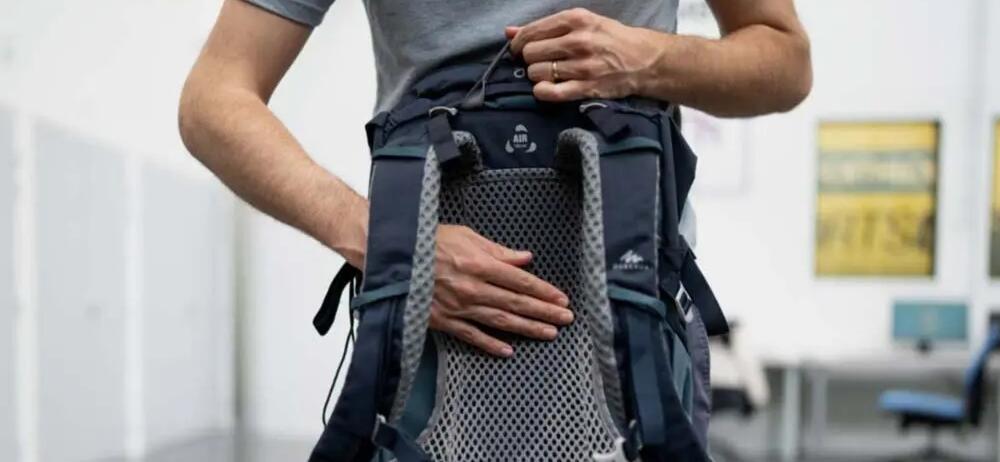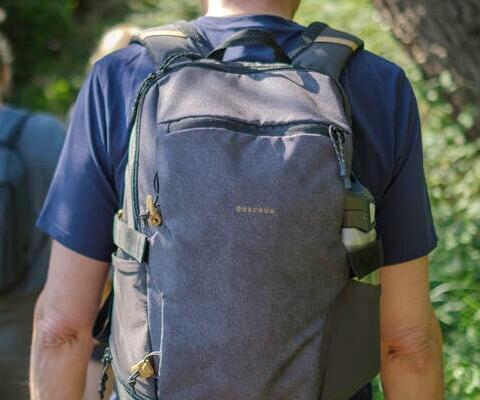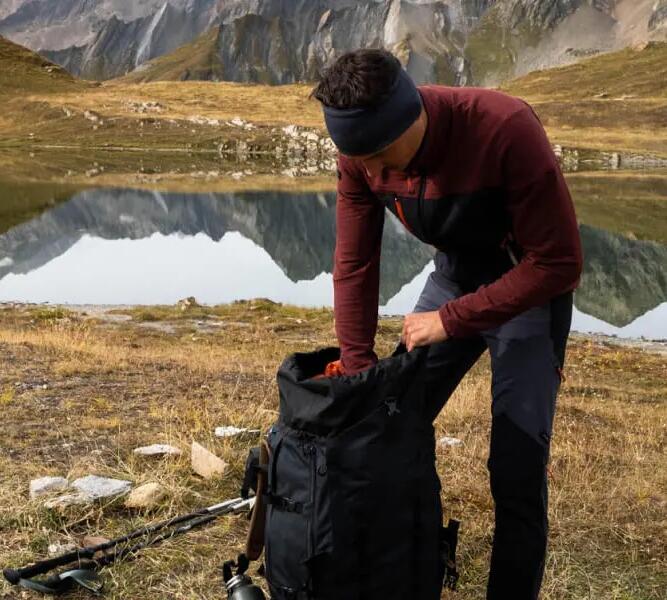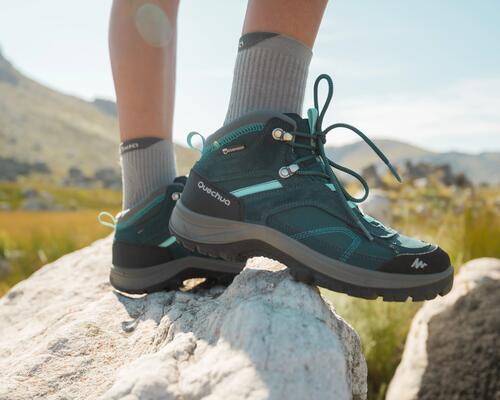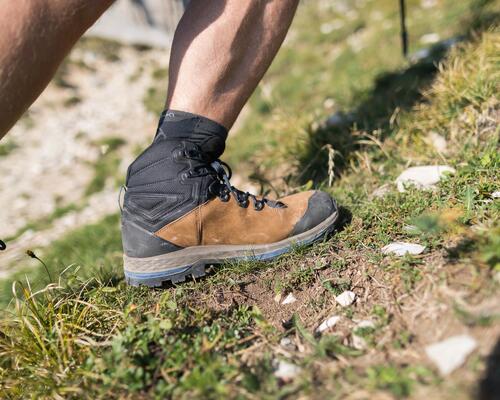Choosing a hiking backpack that suits your body type and adjusting its fit.
Choosing a hiking backpack that fits your body type is important for optimal comfort during your hikes. You need to consider your back length, shoulder width, and waist circumference to choose the best fitting backpack. Adjustmenting the shoulder straps and lumbar belt should also be taken into account for a perfect fit.


